Reusable packaging is trendy, but it’s not new. If your grandmother keeps her sewing supplies in Royal Dansk biscuit tins or you regularly drink out of former jam jars, you’ve seen and used reusable packaging.
But although reusable packaging is as old a concept as packaging itself, it’s come more into the spotlight in recent years as eco-conscious brands and consumers shift toward more sustainable packaging options.
Understanding reusable packaging
On the surface, reusable packaging is exactly what it sounds like: packaging that can be reused. But there’s more to it than that. Like we mentioned in the intro, sometimes reusable packaging is just packaging that’s used to store something other than what originally came in it.
With the Royal Dansk sewing kit example, the original manufacturer most likely never planned for their biscuit tins to be used as convenient storage for a completely different product—but when people need sturdy, appropriate-sized storage, they’ll often use whatever they’ve got on hand. You’ve probably done it too—how many times have you held onto a box something arrived in because it’s a good box?
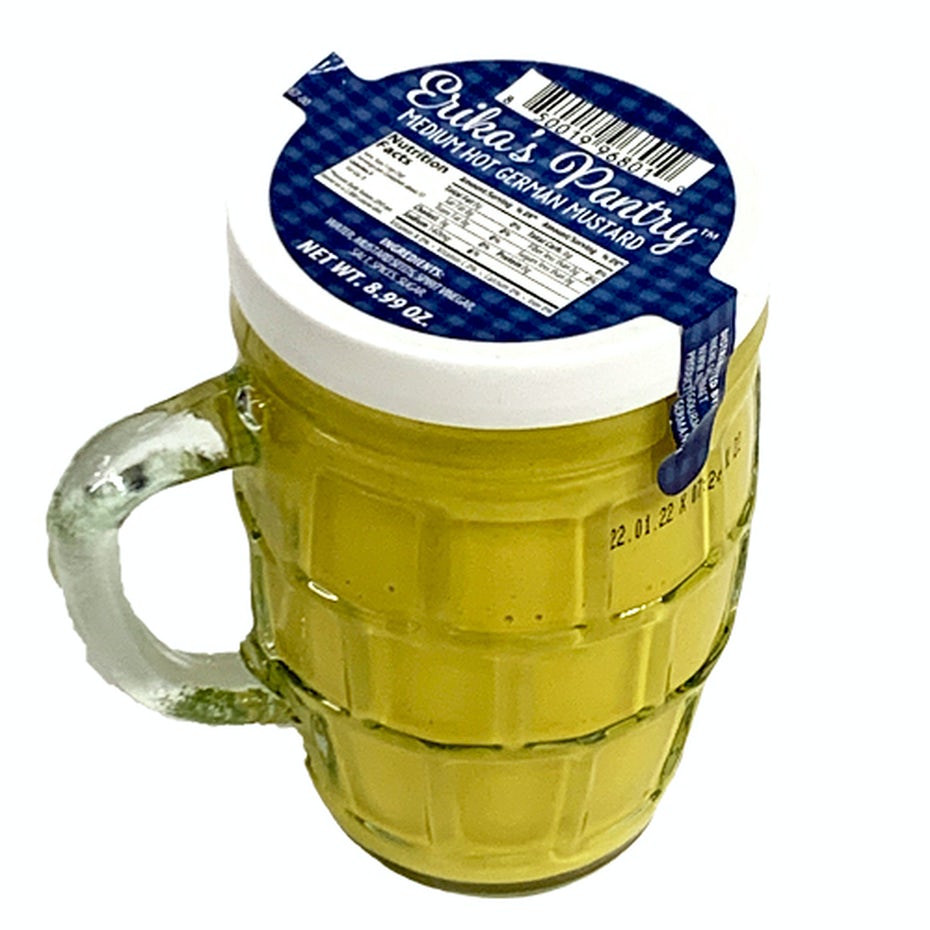 Image via The Taste of Germany
Image via The Taste of GermanyThen there’s packaging that’s designed to be reused. A brand might encourage consumers to refill the packaging with the same product that it originally contained, or they might encourage consumers to give the packaging new life by using it for something other than its original purpose. Erika’s Pantry is one brand that opted for the latter strategy, packaging their mustard in miniature glass beer steins that can be cleaned and reused as drinkware.
Today, one of the biggest drivers of reusable packaging is consumers’ demand for sustainable packaging options. That hasn’t just driven brands to introduce more reusable packaging; it’s driven brands to introduce more creative reusable packaging options. Check these out:
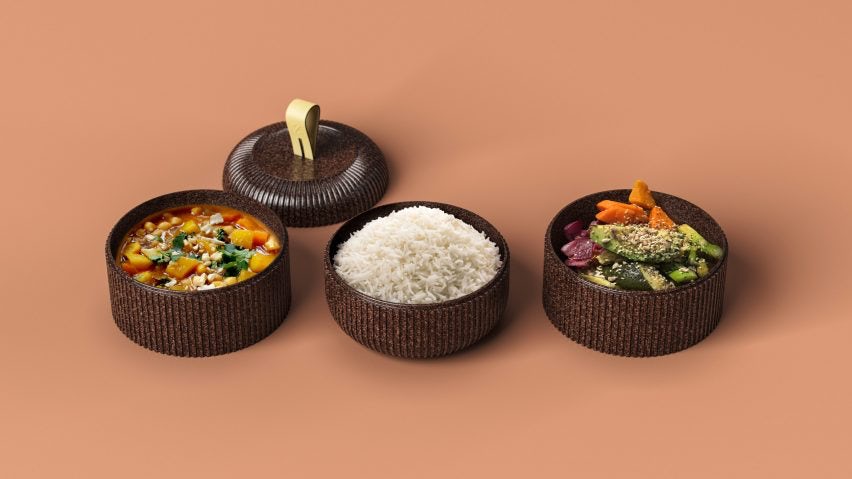 Image by PriestmanGoode via Dezeen
Image by PriestmanGoode via DezeenThose reusable takeout containers aren’t plastic. They’re bioplastic, made out of cocoa bean shells, pineapple husk and mycelium. Designers at PriestmanGoode created this concept as a way to eliminate disposable fast food containers and create a circular economy for takeaway packaging. A circular economy is a system where objects remain in continuous use, rather than being disposed of after serving their initial purpose.
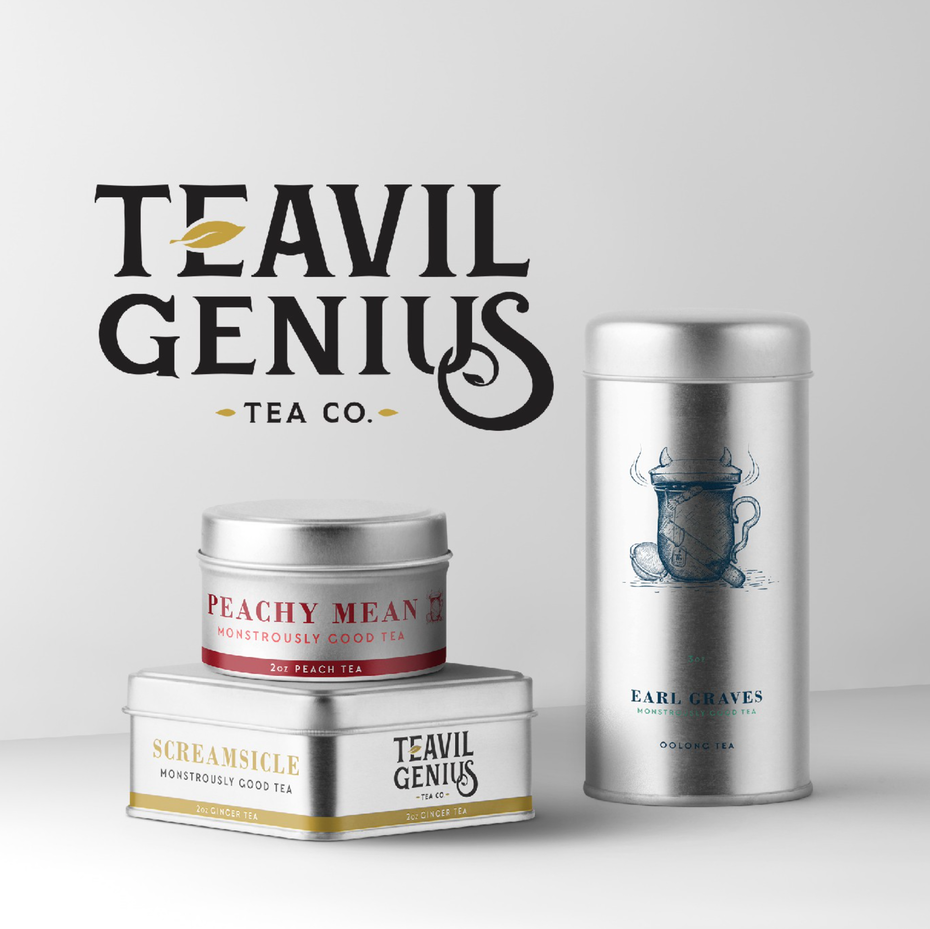 Product packaging design by Ashley @ Logodentity
Product packaging design by Ashley @ LogodentityWith these tins, the designer created packaging that could then be used for other objects—tea bags, pens, tissues, even more loose tea—after the buyer finishes their initial supply.
In this packaging concept, the designers created dumbbell-shaped packaging that the buyer can refill with water or sand after using all the cleaning solution and use it for strength training.
 Image by multiple owners via Behance
Image by multiple owners via BehanceIf you’re thinking about reusable packaging, get creative! As this dumbbell concept shows, you aren’t limited to reusable bags or canisters—think outside the box!
Reusable packaging and sustainability
There are lots of reasons to choose reusable packaging for your products. If commitment to sustainability is one of your brand values, making this choice is one way to commit to living that value. From a marketing point of view, this also shows buyers that your brand actually walks the walk.
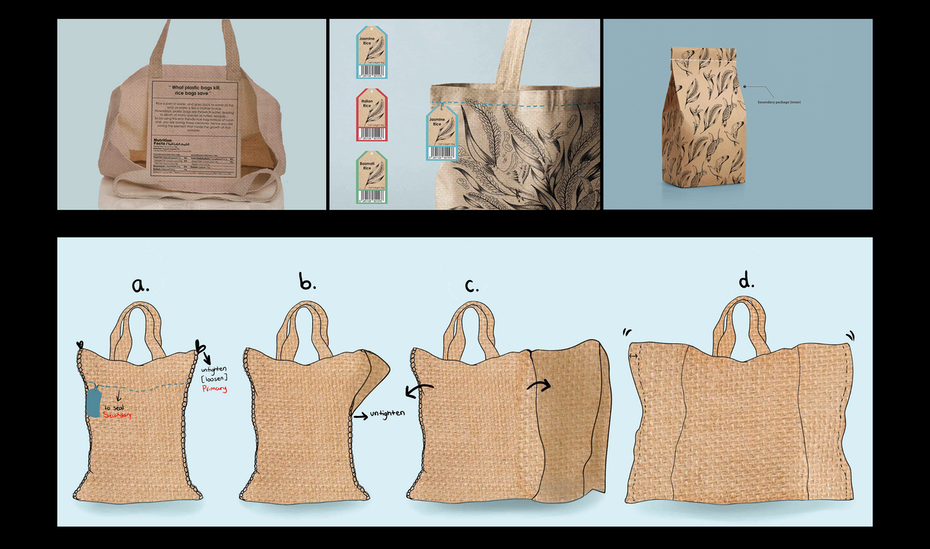 Image by Zahraa Yassine via Behance
Image by Zahraa Yassine via BehanceOther reasons to choose reusable packaging include reducing your packaging expenses and passing the savings on to buyers. With some products, this isn’t feasible… but for the products where it is feasible, this can also be a great way to sustain affordable, predictable prices.
Around the world, grocery stores are one segment that’s embracing reusable packaging. Check out the refilling stations Asda supermarkets have been adding to their stores over the past few years:
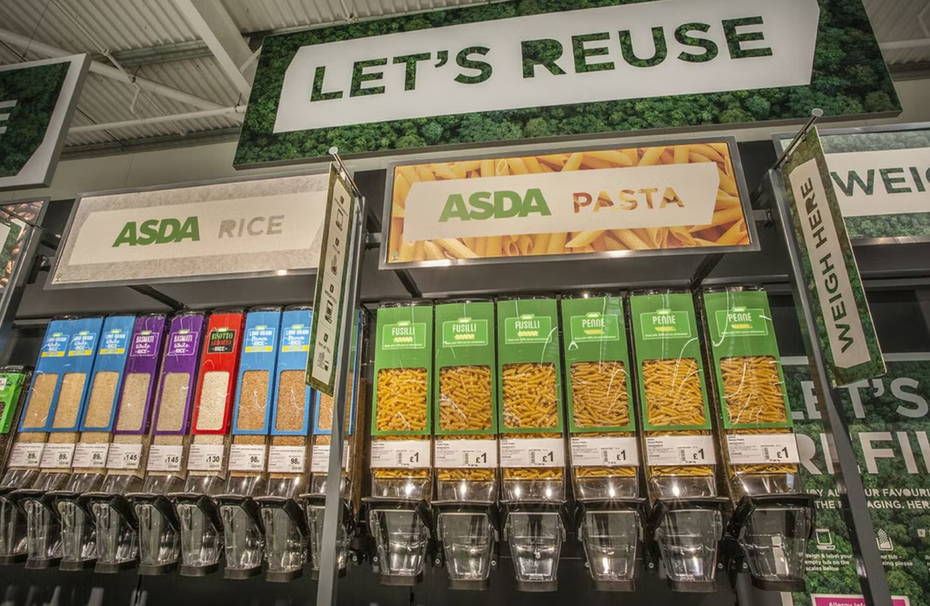 Image via Independent
Image via IndependentWith refilling stations, consumers need reusable packaging. And this isn’t the only way grocery stores are encouraging (and in many cases, providing) reusable packaging. Many cities, states and provinces around the world have banned single-use plastic bags, forcing consumers to carry reusable alternatives.
Refillable vs. simply reusable
In the section above, we mentioned refillable containers and reusable shopping bags as replacements for traditional single-use packaging. Refillable packaging is a specific type of reusable packaging, and it makes sense for products like dry pastas and other foodstuffs as well as consumables like shampoo, body wash, kitty litter and beauty products. Again, remember that although refillable packaging is gaining steam now, it’s nothing new—think back to old-school glass milk bottles.
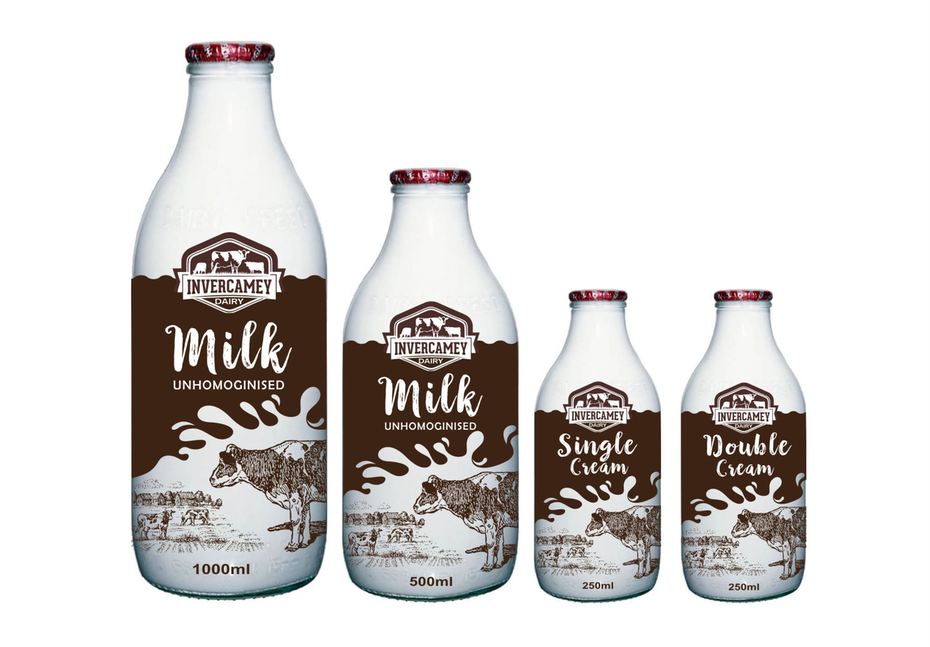 Product label design by Priti
Product label design by PritiIf your product is something along these lines, like loose tea, and your business model makes it easy for consumers to return with the package to refill it, refillable packaging might be a great option for you. Keep that second part in mind, though—generally, the convenience of returning to your shop for a refill is what determines whether refillable packaging can work for you. If you’re an ecommerce brand, you can have buyers send their tins/pouches/boxes back to be refilled, but unless you’re including a paid shipping label with each initial sale, the logistics and cost of doing this can turn buyers off.
If refillable packaging isn’t feasible for you, that doesn’t mean reusable packaging is off the table. By providing sturdy, attractive packaging, you can encourage buyers to reuse it for other items. For example, the canisters for your skincare products might make perfect holders for makeup brushes. The mesh bag you package swimsuits in can become a garment bag for washing delicates later.
 Image via Dezeen
Image via DezeenThe image above shows reusable perfume bottles that can be turned into vases or incense holders after the perfume is depleted.
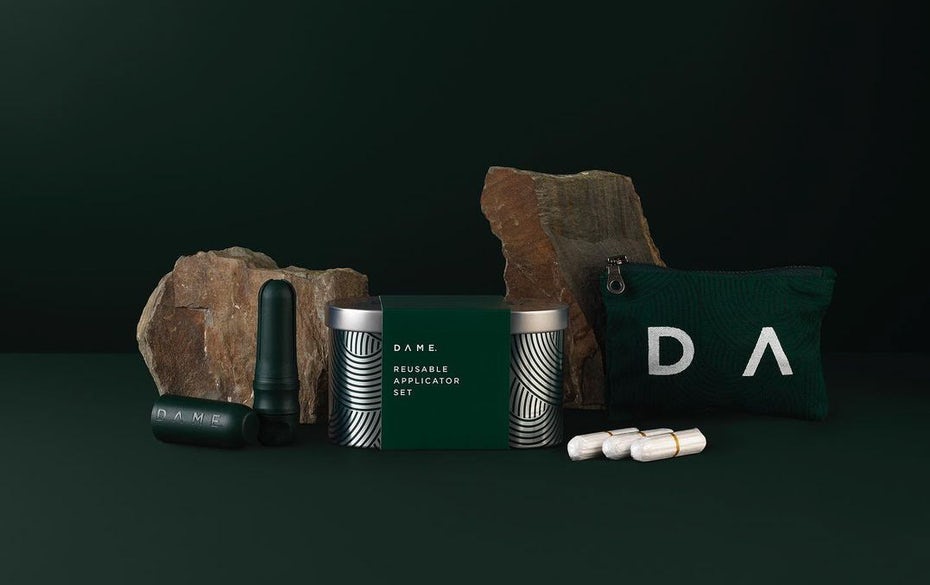 Image by Astrid Vanhuyse via Behance
Image by Astrid Vanhuyse via Behance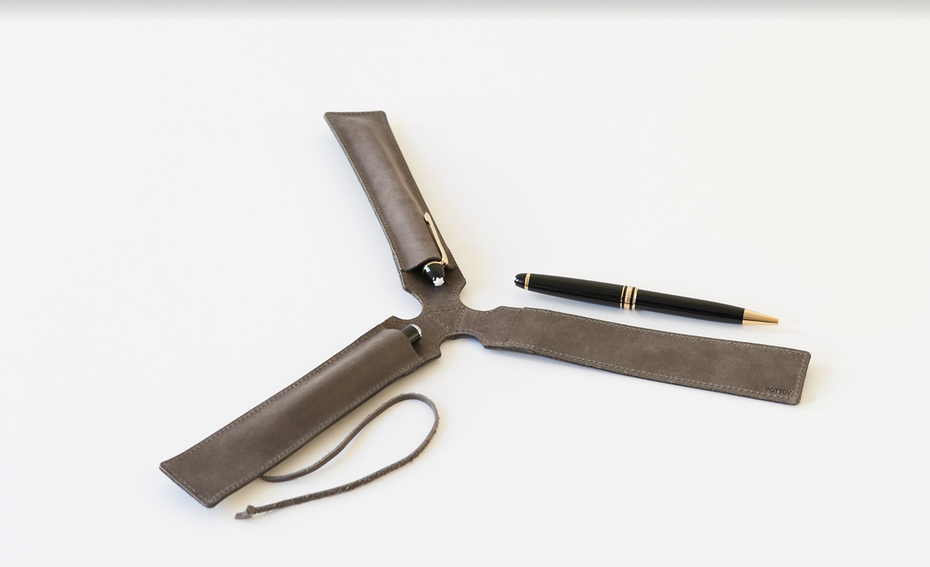 Image by Peter Otto Vosding via Behance
Image by Peter Otto Vosding via BehanceOr you can provide reusable packaging that simply becomes its original item’s permanent home. Let’s say you sell fountain pens. By packaging each pen in a case, rather than a flimsy shipping sleeve or directly in a mailer, you’re giving each buyer something they can store their pen in forever.
So, the big question: should you use reusable packaging?
There are lots of ways to incorporate reusable packaging into your brand strategy, but sometimes, there just isn’t a good way for your specific brand to do it. Challenges that can make reusable packaging difficult or impossible to pull off include costs, your products’ perishability, shipping and logistics considerations, and whether your audience really values reusable packaging enough for the investment to be worth it.
To determine whether reusable packaging is the right call for you, consider all of the following factors:
How can your packaging be reused?
Can buyers refill the packaging with the same product over and over, or does reusing it means finding a new place and purpose for it? If it’s the former, double-check with your local (city, state, national—whichever is applicable) health code requirements to ensure that your product can legally be sold in buyer-provided packages, even if you were the one who initially provided those packages. Certain products, like food and medical products, might need to be sold in factory-sealed packaging.
If this isn’t applicable to your product, determine whether refilling the packaging is as easy as returning to your shop and refilling it or if the goal is for the product to be reused elsewhere. If it’s the latter, you might need to explicitly tell buyers that the packaging is reusable. You can do this in fun, whimsical ways like signage around the shop or a bit of brief copy on your product labels.
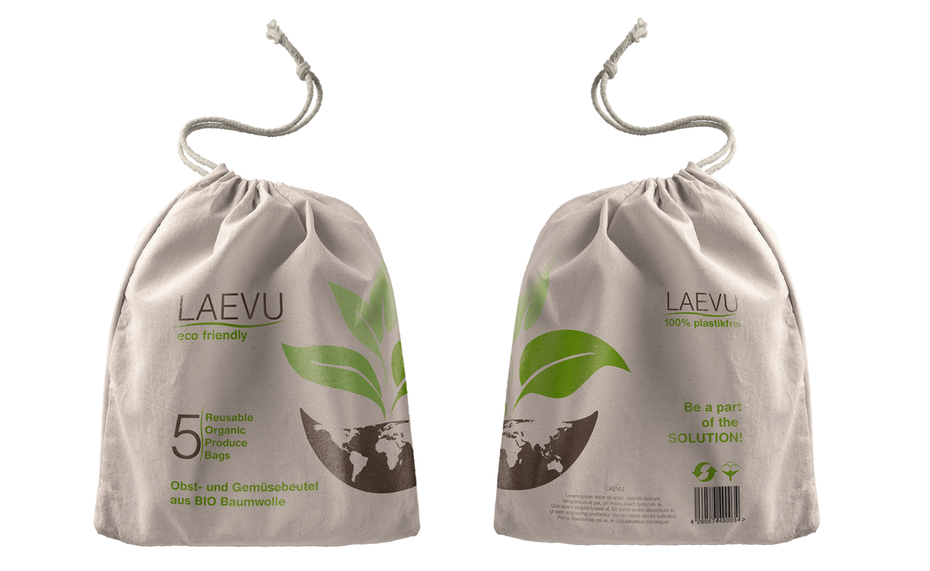 Packaging design by VladanP.
Packaging design by VladanP.In any case, determine not only how buyers can reuse your packaging, but how likely they are to reuse it (and how to effectively communicate this to them).
Reusable packaging is an investment
Reusable packaging can cost your company more than disposable packaging—at least initially. Ideally, you’ll reduce the amount of packaging produced as time goes on because returning buyers will already have what they need to keep enjoying your product… if you go the refillable route.
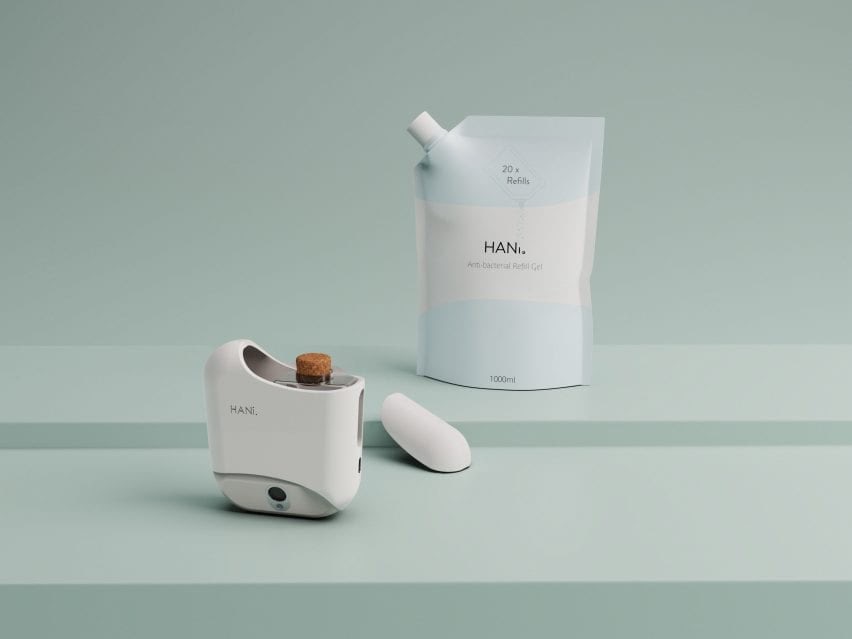 Image via Dezeen
Image via DezeenFor packaging that’s simply reusable, but the buyer gets a fresh piece of packaging every time they make a purchase, you’re going to be producing as much packaging as you are new products. That can cost a lot. The benefits, like increased brand awareness and engagement, can be worth it. But that’s something to budget out, and that calculation needs to include things like:
Material costs. What are they now for disposable vs. reusable and in what direction are these costs trending?
Suppliers. Who’s supplying the kinds of reusable packaging you’re looking for and can you easily attain it?
Logistics. How is your product getting to consumers? This has a big impact not only on which kinds of packaging are feasible, but which are necessary. If the product is going from a fulfillment center to the buyer’s front porch, the packaging needs to be sturdy and compliant with whichever carrier you use to get it to buyers. If the product is sold on third-party store shelves, it similarly needs to fit their shelves and their internal logistics needs. If there’s no middle party between you and the buyer, such as in scenarios where you ship directly to the buyer or the buyer comes into your retail space, you have more room to get creative with packaging options.
Does your audience care about sustainability?
We’ve mentioned it before, but it’s necessary to mention again—largely, reusable packaging is about sustainability. And when determining whether it’s something worthwhile for your brand to invest in, you need to be honest about how much your audience values sustainability.
If they value it enough that they’re willing to pay more or otherwise inconvenience themselves to patronize your brand, then absolutely go with reusable packaging. If they don’t value it to this level, don’t assume that means they won’t be receptive to reusable packaging. They very well could be, but because it’s not a priority for them, you need to make your brand appealing in other ways like having affordable prices or a seamless purchasing experience. It’s highly unlikely any audience would be turned off by reusable packaging, but with some demographics, the best you can hope for with it is a neutral opinion.
Work with an awesome packaging designer
Reusable or not, the best packaging for your brand is packaging that’s designed to fit your persona perfectly. If you’ve determined that reusable packaging is the right call for your products, check out our platform to find a packaging designer who can create something your buyers will delight in using again and again and again.
